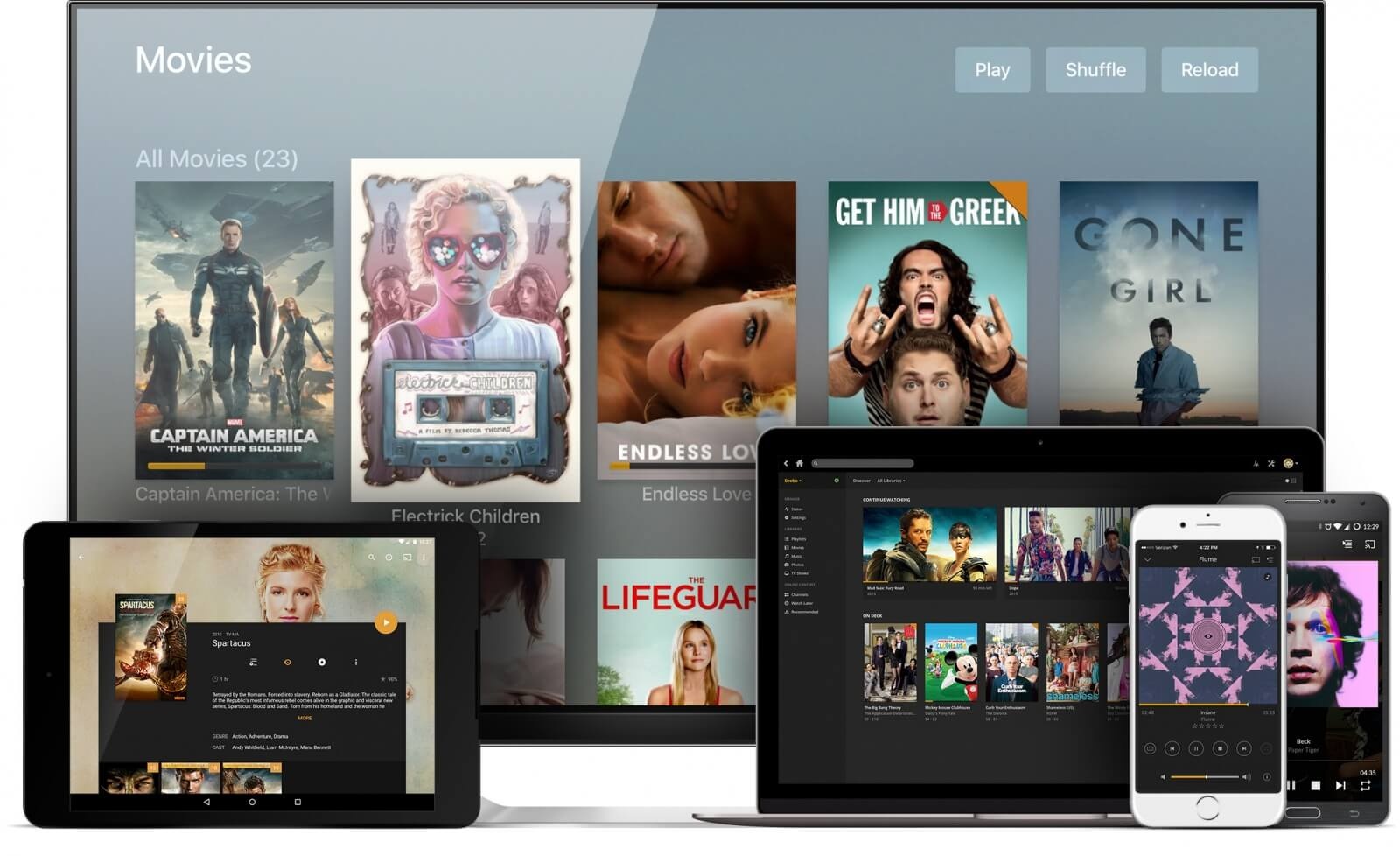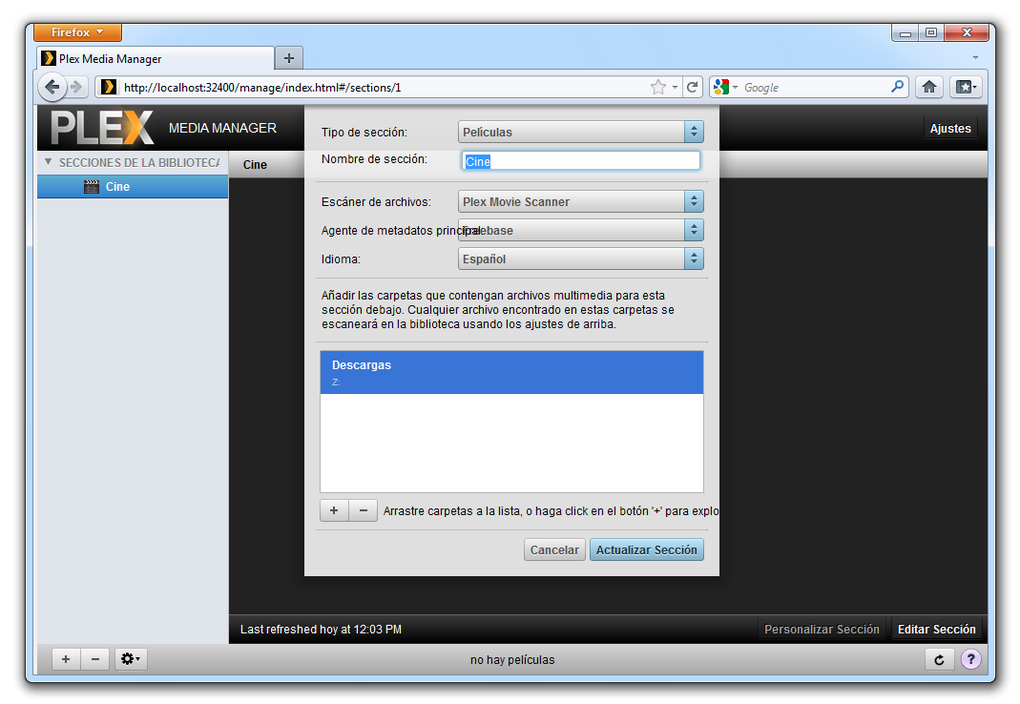

- Plex media server download fails install#
- Plex media server download fails software#
- Plex media server download fails password#
- Plex media server download fails tv#
v /media/pwilson/mediaserver/homemovies:/data/homemovies \ v /media/pwilson/mediaserver/movies:/data/movies \ v /media/pwilson/mediaserver/tvshows:/data/tvshows \ v /var/lib/plexmediaserver/Library/"Application Support"/"Plex Media Server"/:/config \ The page above explains pretty well what the parameters mean, but here is my own example: sudo docker create \ Here is the image we’ll use and some documentation. There are many Docker images available for Plex, but I personally like to use the tools provided by the good people at linuxserver.
Plex media server download fails install#
The last thing we’ll do in this guide is set up Plex Media Server, for which we’ll use docker-compose, which you can install following these instructions, if you haven’t already.Īlternatively you should be able to use sudo apt-get install docker-compose, if you’re using Ubuntu and have the Docker repository added.

It tells you its published ports, it’s volume (filesystem) mappings, and other relevant information. For now, all you should see is Portainer itself. All of my containers are listed in a single group named “local”Ĭlick this endpoint and you should get a list of containers.
Plex media server download fails password#
When first logging in, you may want to set a new password and select your endpoint – which in most cases should be named local. To access Portainer on my server, which is named or 192.168.1.2, we simply type into Firefox :9000 or 192.168.1.2:9000. Portainer will be mapped by default to port 9000 on the host machine it runs on. While most future containers will use Docker-Compose, which allows us to tailor them more to our needs, Portainer is pretty simple and can be installed with a few simple commands.Īll containers will be accessed the same basic way: a web browser, your host server’s IP or domain name, and a port number. Now Docker does have a pretty intuitive CLI interface and we will use it, but for everyday monitoring and management, Portainer is key. One Container to Rule Them All A list of all running and stopped containers Once we have Docker installed, the first container we’ll run is a helpful little tool called Portainer, which effectively will give us an easily accessible web page and GUI to manage other containers. It’s a pretty typical process of adding a GPG key (signifying that we trust it’s source) and then installing the package via apt-get.
Plex media server download fails software#
The advantages are many – we’ll get a cross-platform, stable software environment for the deployment of services.Īnd this is exactly how we’ll use it. What this amounts to is that containers can run an entirely isolated OS without nearly as many resources as a VM would require.

Without getting into the hyper-technical (because I don’t understand it), suffice it to say that a container emulates some things, while using available host OS resources for other functions. Not quite a Virtual Machine (VM), not quite a traditional application. Containers: What are they even?Ī container is a strange thing.

Further, it forces me to depend on an underpaid Java developer somewhere to fix bugs, in the case of my Samsung Smart TV, or an overpaid Google developer in the case of Chromecast.
Plex media server download fails tv#
I mentioned in my very first post that before I had built my server, I had a pretty bad television setup, with a giant desktop attached directly to my TV, mouse and keyboard on the coffee table.įor a while I lamented the idea of a Smart TV or a Chromecast, because it removes that autonomy and versatility in favor a more curated, limited, and ad-heavy experience. Wouldn’t it be cool to watch your old scratched DVDs while on a business trip overseas? Welp, buckle in! Containers: or, How I Learned to Stop Worrying and Love Automation Like I said, a personal Netflix server you can use anywhere, given a fast enough home internet connection. Sure, except with Plex we can digitize all those DVDs and stream them to any smart TV, web browser, phone or tablet, inside our home network and even outside. “Well I already have a messy stack of scratched DVDs! Isn’t that enough?” Did you ever want Netflix, but in your home and you choose what content is available?


 0 kommentar(er)
0 kommentar(er)
